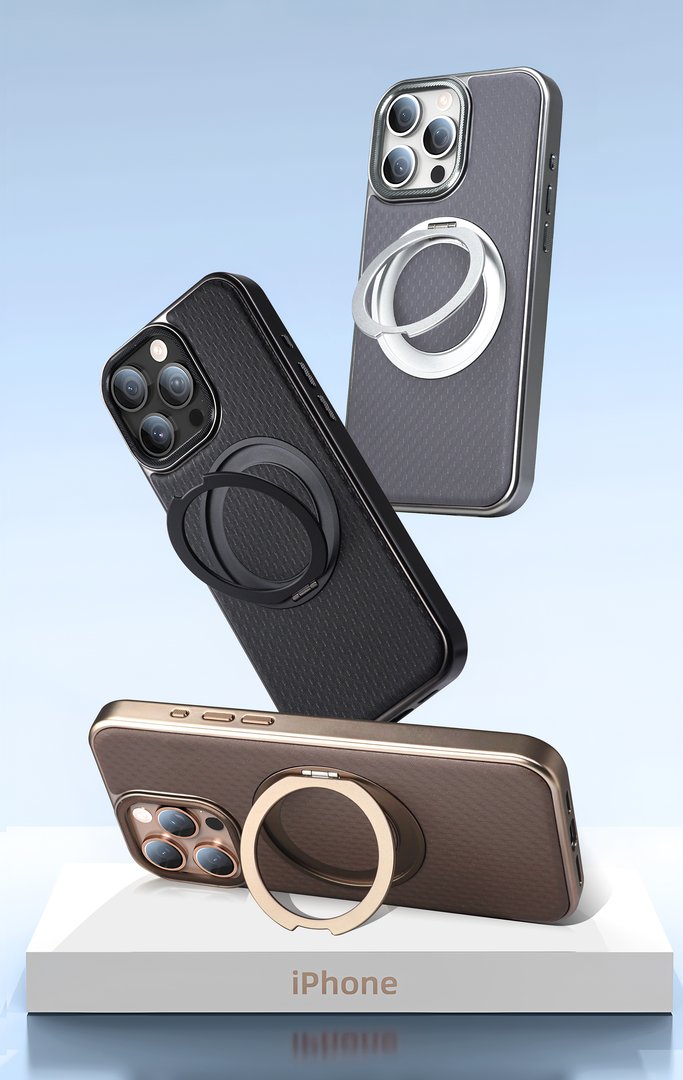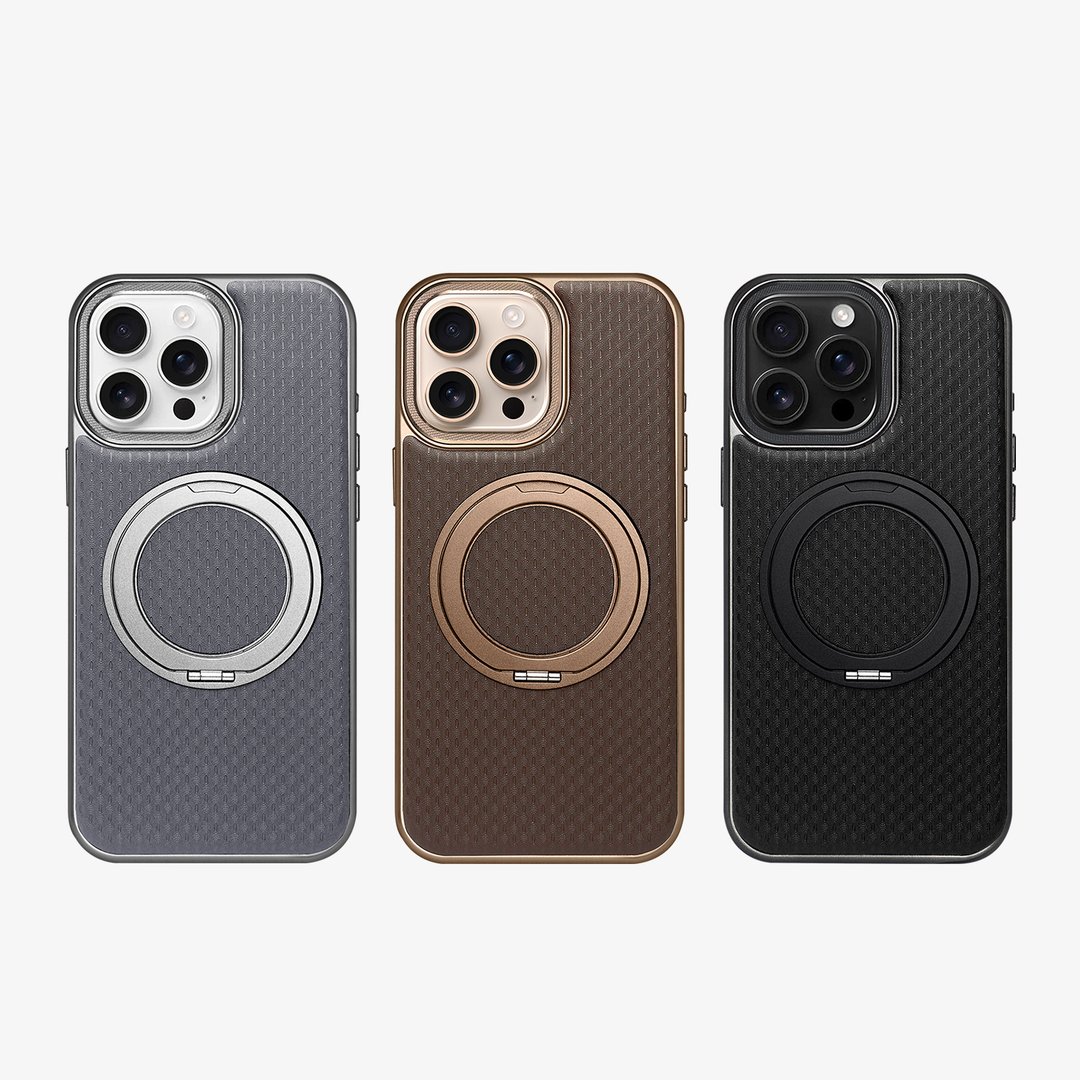When you're shopping for a new phone case, it's easy to get lost in the sea of colors and designs. But the material of a phone case is just as important as its look. It determines the level of protection, the feel in your hand, and how long the case will last. Let's break down the most popular materials on the market.
1. Silicone and TPU: The Soft and Flexible Protectors
Silicone: Known for its soft, rubbery texture and excellent grip, silicone is a popular choice. It's great at absorbing shock from drops, but it can be a bit of a dust and lint magnet. This material is a go-to for a comfortable, non-slip feel.
TPU (Thermoplastic Polyurethane): Often confused with silicone, TPU is a more durable and rigid material. It's flexible and impact-resistant, but it doesn't have the "tacky" feel of silicone. TPU is a fantastic all-around option because it offers good protection without being bulky, and it resists oil and grease better than silicone.

2. PC (Polycarbonate) and Hard Plastics: The Slim and Sturdy Guards
Polycarbonate (PC): This is a tough, durable plastic used for many hard-shell cases. It's extremely impact-resistant and great for protecting against scratches and minor drops. However, its rigidity means it may not absorb shock as well as flexible materials. Cases made from PC are often thin and transparent, preserving the look of your phone.
Hard Plastics: These can be a variety of different polymers. They are generally inexpensive and can be molded into many shapes and designs. They provide basic scratch protection but may crack or break upon a significant drop
3. Glass and Metal: The Premium and Polished Choices
Tempered Glass: Some cases feature a tempered glass back, giving them a premium, reflective finish similar to the phone itself. While it looks sleek and feels great, glass can still crack or shatter on impact, so it's often paired with a more protective TPU frame.
Aluminum and Other Metals: Metal cases offer a high-end feel and excellent rigidity. They can provide very strong protection, but they can also be bulky and may interfere with wireless signals or charging. These are often chosen for their industrial look and feel

4. Natural and Sustainable Materials: The Eco-Friendly Options
Wood: Wooden cases offer a unique, elegant texture. They can be made from a single piece of wood or a composite. While they look great, their protective qualities can vary, and they may be susceptible to cracking if dropped.
Leather: Both genuine and faux leather cases provide a classic, sophisticated look and a comfortable grip. They can offer moderate protection and often age beautifully, developing a unique patina over time.
Recycled and Biodegradable Materials: As consumer demand for sustainable products grows, many companies are creating cases from recycled plastics, plant-based materials, or other biodegradable polymers. These options allow you to protect your phone and the planet at the same time
The Right Material for You
Choosing the right material ultimately depends on your lifestyle and priorities.
If you're prone to dropping your phone, silicone or TPU is your best bet for shock absorption.
If you want a sleek, barely-there feel, a PC case is a great choice.
If style and texture are your top priorities, you might prefer leather or wood.And if you're concerned about your environmental footprint, explore the many sustainable options now available.
No matter which material you choose, finding a case that balances your needs for protection, style, and feel is the key.

1.jpg)
